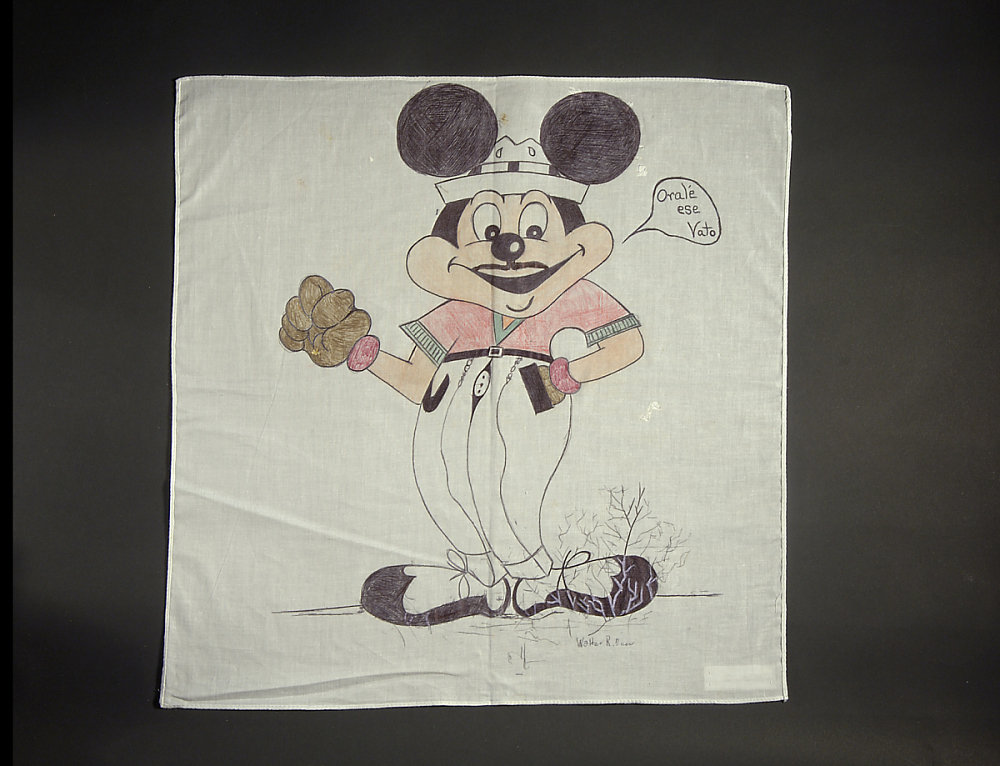Music of the Chicano Movement
Lesson Hub 9:
Mestizaje and Music
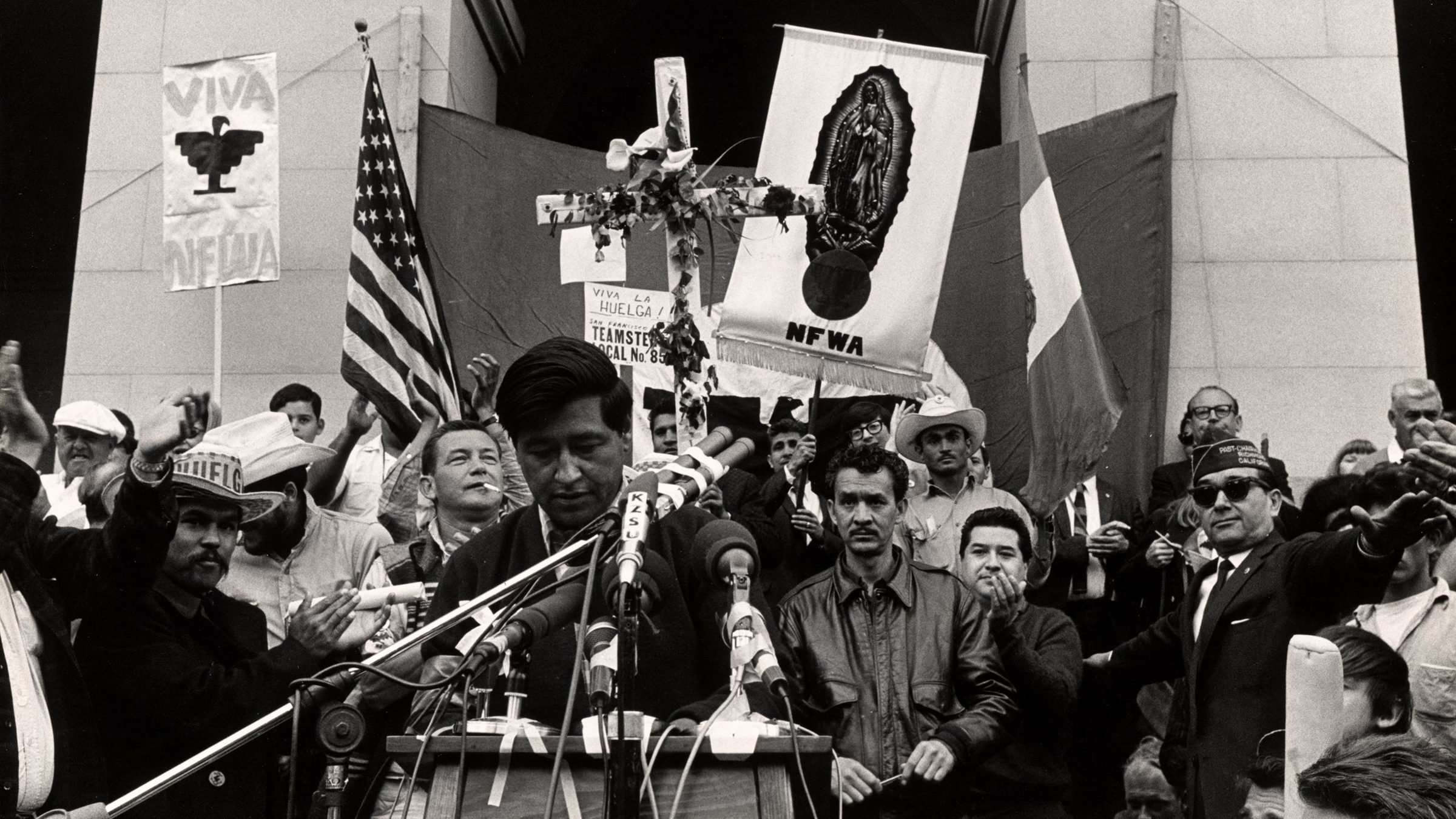

In what ways do ethnic and racial identity affect Chicana/o culture and music?
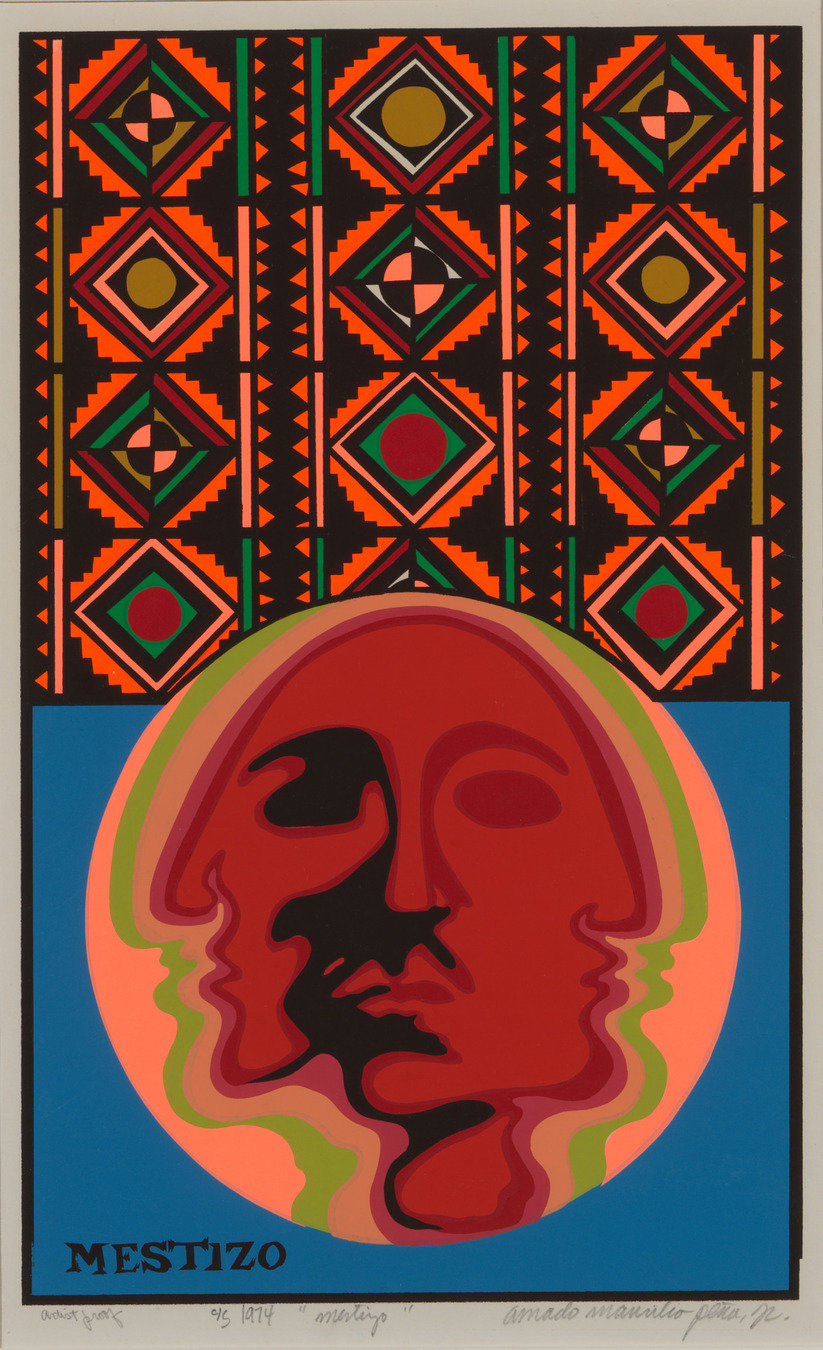
Mestizo, by Amado M. Peña, Jr. Smithsonian American Art Museum.
The overarching essential question for Lesson 9 is:

Mestizaje and Music

Challenging Assimilation
Path 1

20+ minutes

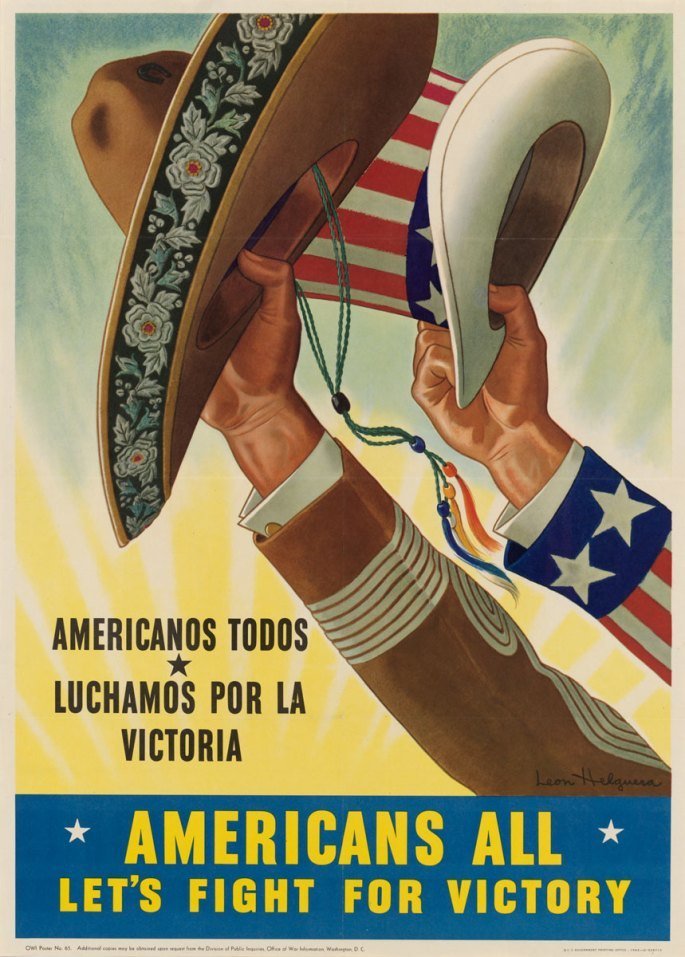
Americans All: Let’s fight for victory/Americanos todos: Luchamos por la victoria, by Leon Helguera. National Archives.
Listen to an excerpt from a song called "LULAC Cadillac."
As you listen, consider the following question:
What do you notice about the languages represented?
Opening Listening Activity


This "weaving-together"of languages was intended to be humorous, but also symbolizes the feeling of being torn between several different worlds.
Mexican heritage (Spanish language), American citizenship (English language), and a neighborhood dialect of Spanish called Calo were represented in the song "Lulac Cadillac."
Torn Between Worlds


Orale ese vato, by Walter R. Baca. National Museum of American History.
Next, listen to this recording in its entirety, while following along with the lyrics.
What do the lyrics of this song mean?
"LULAC Cadillac": Interpreting Meaning


The process by which a person or a group's language and/or culture come to resemble those of another group.
Cultural Assimilation


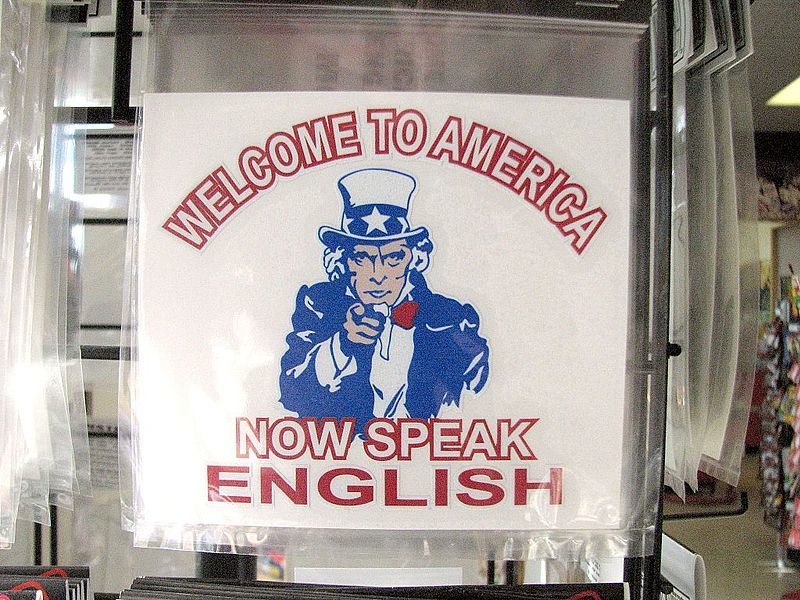
Welcome to America, unknown maker, CC BY 2.0, via Wikimedia Commons.
This song tackles the complex topic of cultural assimilation, which can be understood as:
Adding Context:
Mexican American Assimilation

Especially in the 1940s and 1950s, many middle-class Mexican Americans tried very hard to assimilate into American culture. They:
- Placed faith in the American education and electoral system.
- Prioritized learning to speak English (sometimes wanted their children to speak English only).
- Demonstrated patriotism (many Mexican Americans enlisted in the military and fought in WW2).


The Chicano Movement:
Challenging Assimilation Through Music

Songwriter José Montoya and members of his music ensemble, Trio Casindio, wrote the song "Lulac Cadillac" to challenge the assimilationist stance taken by some members of the Mexican American community before, during, and after the time of the Chicano movement.

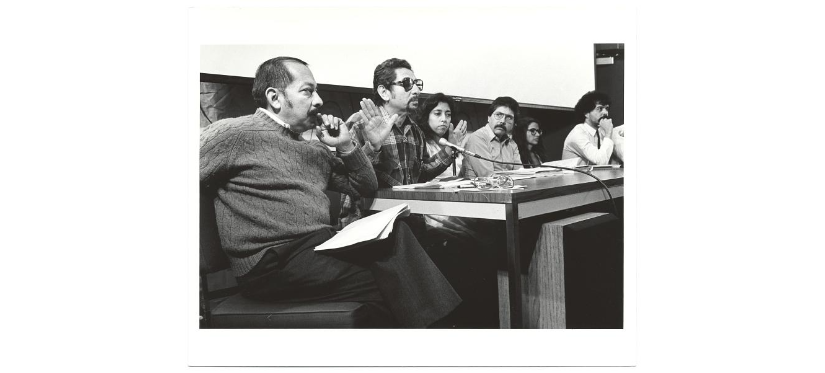
Jose Montoya and the Panel 'Artistic Expressions in the Barrio,' by Jim Hess. Archives of American Art.
Adding Context: What is LULAC?


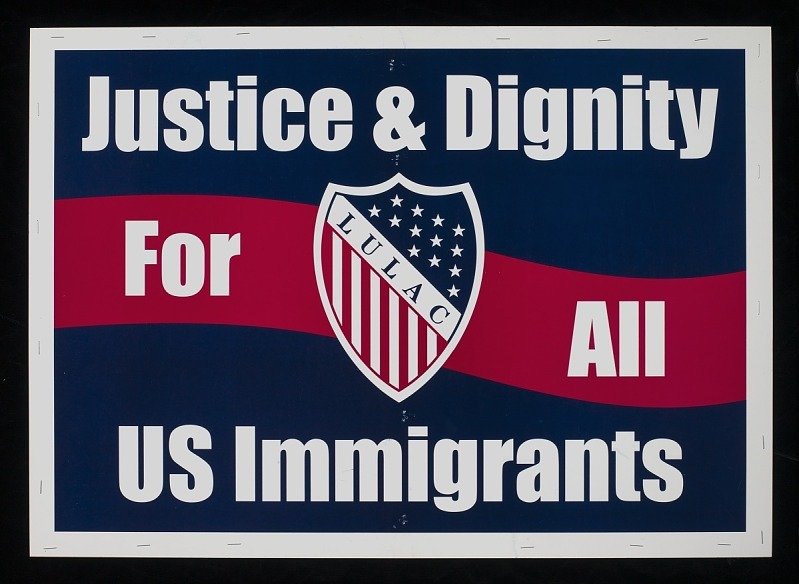
LULAC and Assimilation



Justice & Dignity for All US Immigrants, by the League of United Latin American Citizens. National Museum of American History.
The lyrics of “LULAC Cadillac” also use cars as cultural symbols.
During this time, the Cadillac (and a new car in general), was a strong symbol of Americanness (usually white American).
Adding Context: Cars as Culture


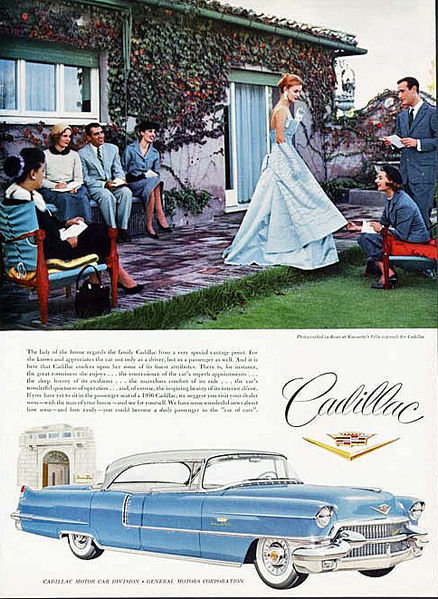
1956 Cadillac Sedan Deville, by Cadillac Division of GM, PD US no notice, via Wikimedia Commons.
In contrast, a vintage, customized Lowrider was a major signifier of Chicano culture.
Adding Context: Cars as Culture


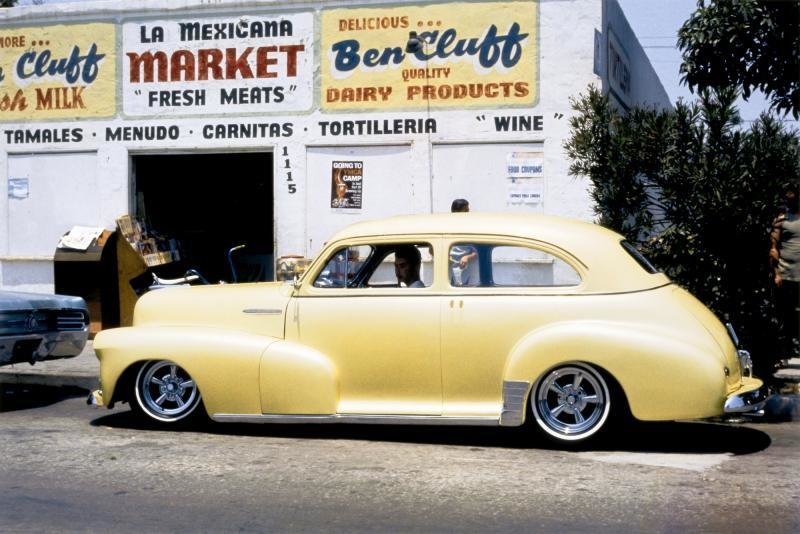
'47 Chevy in Wilmington, CA, by Oscar R. Castillo. Smithsonian American Art Museum.
Assimilation and "Whiteness"

Discuss:
Why do you think people wanted to be classified as “white” during this time?

For many middle-class Mexican Americans in the 1940s and 1950s, the idea of cultural assimilation and the idea of “whiteness” went hand in hand.
Why Claim "Whiteness"?

During the 1940s and 1950s, America was very much a “black and white” world.
A third racial category (brownness/mestizaje) was being discussed in certain circles within the Mexican American community, but this idea was not yet clearly defined.
Mexican Americans witnessed the way in which African Americans were being treated (due to the color of their skin) and thought adopting a white identity might protect them against racism and discrimination and provide them a better chance to achieve the American Dream (prosperity; upward social mobility; financial success, etc.).

Re-visit the activities in Lesson 2 (Precursors to the Chicano movement) and consider the ways in which Ritchie Valens’s story can be understood as an example of cultural assimilation.
Extension Activity: Learn About Ritchie Valens


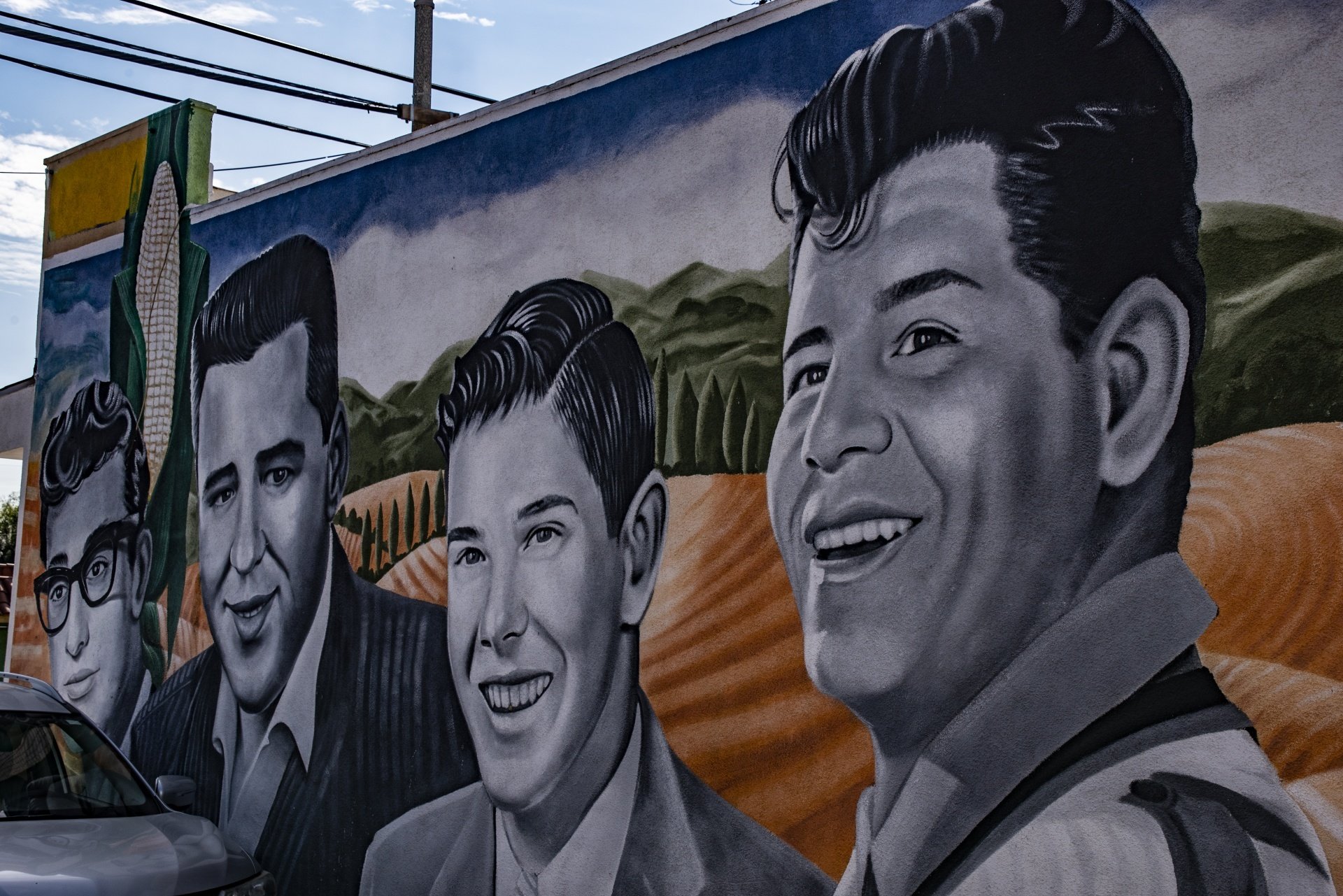
Pacoima Mural Memorial, by Levi Ponce. Photo by Circe Denyer. PublicDomainPictures.net (PD).
Challenging Assimilation and "Whiteness"

As the 1960s began, more and more Mexican Americans started to challenge the assimilationist point of view.
They were questioning whether assimilating to the norms of “white” America was the best pathway towards achieving equal rights and treatment as American citizens (or even possible).
They were tired of being made to feel that "White was right" and being Mexican was a source of shame (Montoya, 2016, p. 25).
Lonestar Restaurant Association Sign, photo by Adam Jones, CC BY-SA 3.0, via Wikimedia Commons.
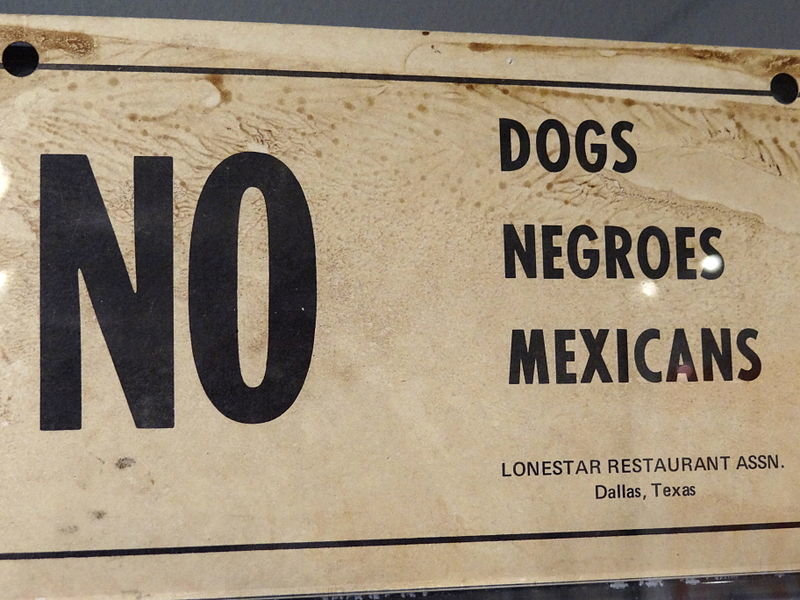

Challenging Assimilation During the Chicano Movement

Chicano movement activists were inspired by the ways in which the African American community was making significant progress towards improving their conditions ... not by staying silent, but by standing up for their rights with pride and conviction.
Civil Rights March on Washington, DC, by Warren K. Leffler. Library of Congress Prints and Photographs Division.
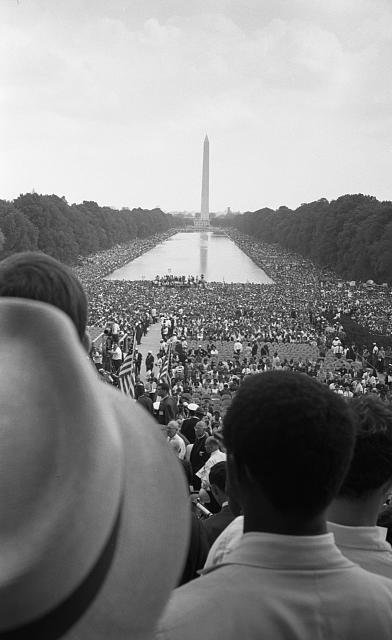

People in Mexican American communities feared the racism and discrimination they continued to face was systemic and not likely to change.

Learning Checkpoint

- Why did many middle-class Mexican Americans try very hard to assimilate into American culture during the 1940s and 1950s?
- Were these assimilation attempts generally successful? Why or why not?
- What was the main message of José Montoya’s song, "LULAC Cadillac"?
End of Path 1! Where will you go next?





Embracing Indigeneity and Mestizaje
Path 2

25+ minutes

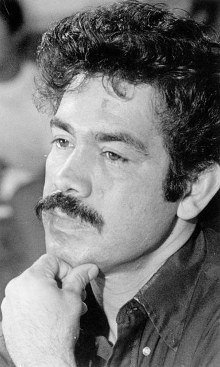
Rodolfo "Corky" Gonzales, unknown photographer. Denver Public Library Special Collections.

Discussion: What is Chicana/o?
Mexican American journalist Ruben Salazar once stated:
“A Chicano is a Mexican-American with a non-Anglo image of himself.”
What does this statement mean?
Do you agree or disagree?

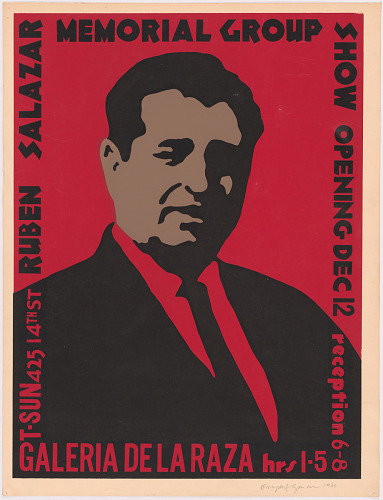
Ruben Salazar Memorial Group Show, by Rupert García. National Portrait Gallery.
Race is one important component of Chicana/o identity.
During the Chicano movement, many Mexican Americans began to accept and embrace the notion of mestizaje, which can be understood as the mixing of ethnic groups . . . in particular, the ethnic and cultural groups in Mexican history.
A mestizo is a person of mixed heritage (usually a person of both European and Indigenous descent).
Race and Chicana/o Identity



Mestizo, by Amano M. Peña, Jr.. Smithsonian American Art Museum.
Listen t0 this podcast, from the Smithsonian American Art Museum, which uses visual art to unpack the idea of mestizaje.
Mestizaje


One of the first known mestizos was the son of sixteenth century Spanish conquistador, Hernan Cortés and his Indigenous mistress (and interpreter), Malintzín.
Mestizaje: Adding Historical Context


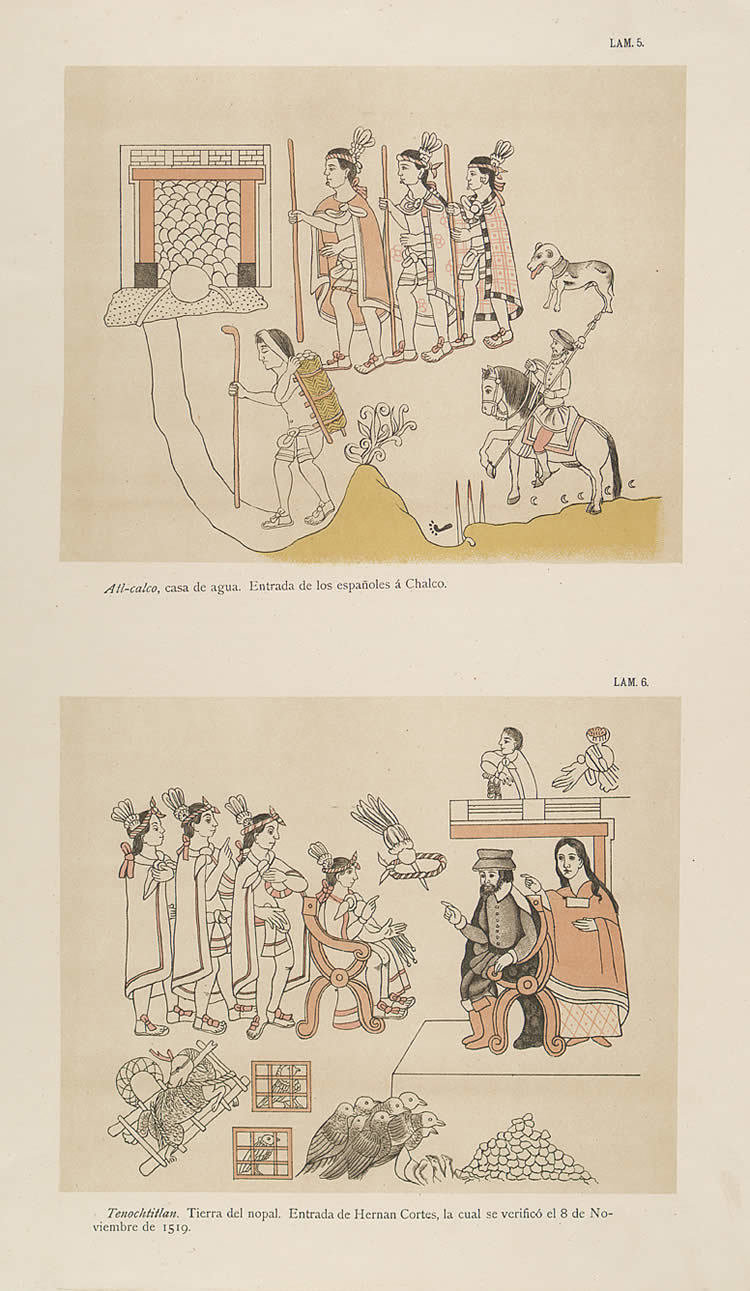
The Meeting of Cortes and Montezuma II with Malintzin, by unknown Tlaxcalan artists, PD-Art (PD-old-100), via Wikimedia Commons.

Malintzin ("La Malinche")
Malintzín is a complex historical figure (her colonial name was Doña Marina).
She is often referred to as "La Malinche," a derogatory term that portrays her as a traitor who was “complicit in her own people’s destruction” (Montoya, 2016, p. 15).

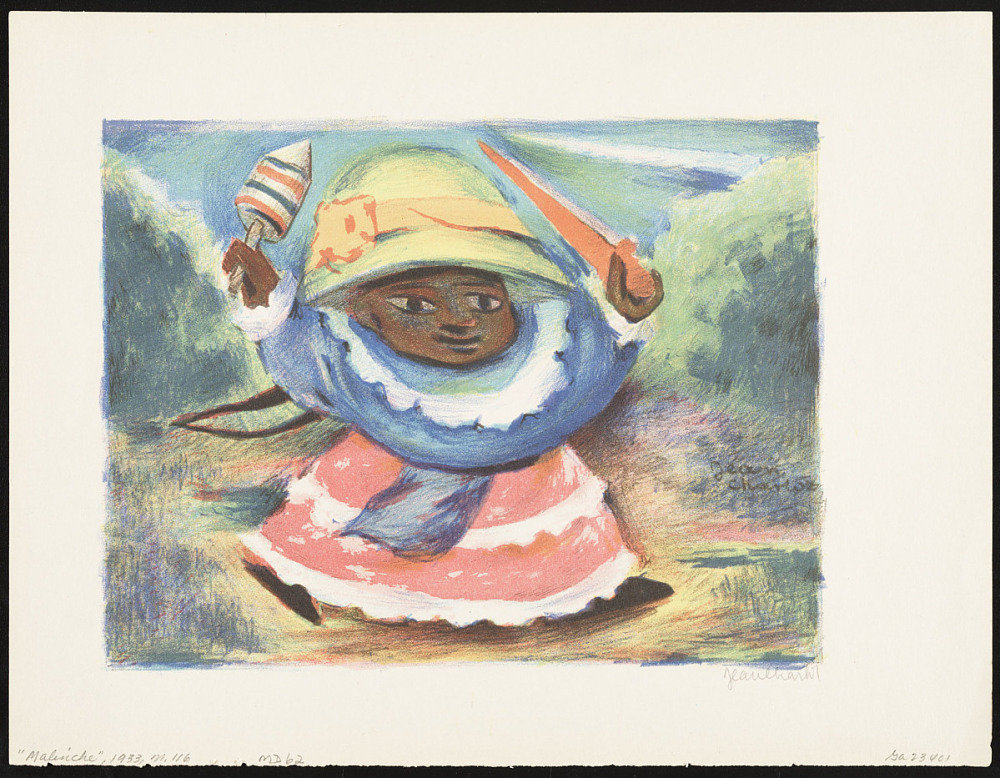
La Malinche, by Jean Charlot. National Museum of American History.

"La Malinche" and Chicana Identity
Despite the negative light within which she is often portrayed, during the Chicano movement, some Chicana feminists began to celebrate La Malinche as a founding mother who “had survived and thrived despite her trying circumstances and limited options” (Montoya, 2016, p. 15).

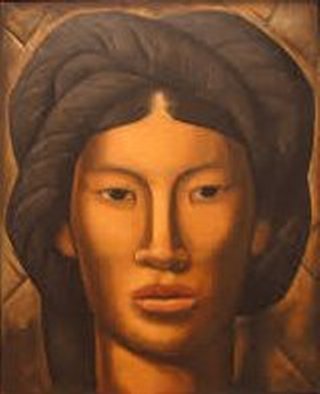
La Malinche (Young Girl of Yalala, Oaxaca), by Alfredo Ramos Martínez, PD-US-expired, via Wikimedia Commons.

Mestizaje: Embracing Indigeneity
Like all other aspects of cultural identity, the notion of mestizaje is complex.
Mestizos must accept that they are both “conquerors and the conquered” (Montoya, 2016, p. 89).
During the 1960s and 1970s, many Chicanos identified more with the Indigenous (conquered) part of their identity.

Farm Workers' Altar, by Emanual Martinez. Smithsonian American Art Museum.
Race and Chicana/o Identity Through Poetry

In 1967, Rodolfo “Corky” Gonzales, an important Chicano Movement leader, wrote an epic poem called “Yo Soy Joaquin.”
This poem, which “was instrumental in creating a sense of what it meant to be Chicano” (Montoya, 2016, p. 88), emphasized race (in particular, mestizaje) as an important aspect of Chicano identity.
Click to the next slide to read and discuss a short excerpt from “Yo Soy Joaquin.”


"Yo Soy Joaquin"

“I am Nezahualcóyotl, great leader of the Chichimecas.
I am the sword and flame of Cortes the despot.
And I am the eagle and serpent of the Aztec civilization.
I owned the land as far as the eye could see under the Crown of Spain, and I toiled on my Earth and gave my Indian sweat and blood for the Spanish master who ruled with tyranny over man and beast and all that he could trample.
But...THE GROUND WAS MINE.
I was both tyrant and slave”


Attentive Listening Activity Instructions

Next, you will listen to two songs, both written during the time of the Chicano movement by Mexican American composers who engaged with the concept of mestizaje through their music.
As you listen (and follow along with the lyrics), you will circle or underline lyrical references that indicate the musicians’ identification with the Indigenous part of their ethnic identity. You will also make a list of musical sounds that reflect the musicians’ identification with the Indigenous part of their ethnic identity.

Attentive Listening Activity

Song 1: “America de los Indios” (America of the Indians) - Daniel Valdez
Song 2: “El quinto sol” (The Fifth Sun) (Los Peludos)

"America de los Indios"

The lyrics reference the flute and drums, important instruments to many Indigenous music cultures.
Instrumental timbre (especially the use of flute and drum), style (the way in which these instruments are played, and the ways in which other music elements (e.g., the scale) and expressive qualities pay homage to Indigenous music cultures.
There are multiple textual references to Indios (Indians).

"El quinto sol"

- El quinto sol (the fifth sun) is a reference to an important Aztec myth.
- The instrumentation and musical style (Caribbean/Cuban influenced sounds and rhythms) could be interpreted as rejection of the “American sound” during this time.
- This song is an adaptation of a song written by Celia Cruz (Cuban performer/songwriter).
- Textual references to the Spanish empire arriving in the Americas – bringing their religion and language (Spanish) with them.
- Textual references to the mestizo son who was born to Cortes and La Malinche.
- “Children of the Sun” is another reference to Aztec culture.
- References to the “gringo” (white) oppressor.
- The “Indian” is associated with desirable human qualities, such as “nobility” and “humanity.”

Learning Checkpoint
- What is mestizaje, and why was this concept important during the Chicano movement?
- Regarding the songs you heard today, how did the musicians’ choices reflect their identification with the Indigenous part of their cultural identity?

End of Path 2! Where will you go next?





Son Jarocho: Musical Mestizaje
Path 3

30+ minutes

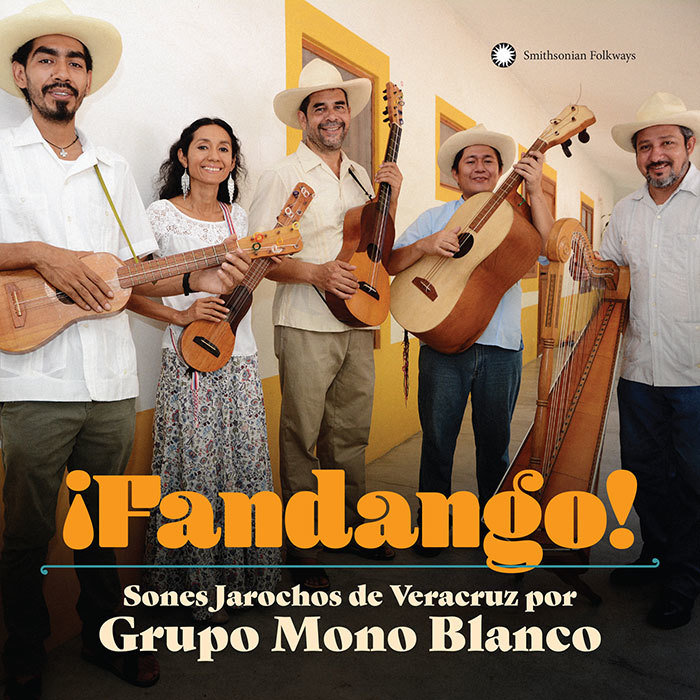
¡Fandango! Sones Jarochos de Veracruz por Grupo Mono Blanco, cover art by Steve Cooley, photograph by Daniel Sheehy. Smithsonian Folkways Recordings.
Son Jarocho!

Click to the next slide to watch a Smithsonian Folkways video that highlights a song and dance tradition called son jarocho (performed by Grupo Mono Blanco).


What is son jarocho?

Listen for and discuss stylistic characteristics.


Adding Historical Context: Veracruz, Mexico
Son jarocho originated in Veracruz, Mexico.
Veracruz, one of Mexico’s major port cities, is where enslaved people from Africa were brought into Mexico during the Colonial Era.
Slavery was outlawed in the early 19th century, and but the significant cultural influence brought to Mexico by these people can be heard in the music.
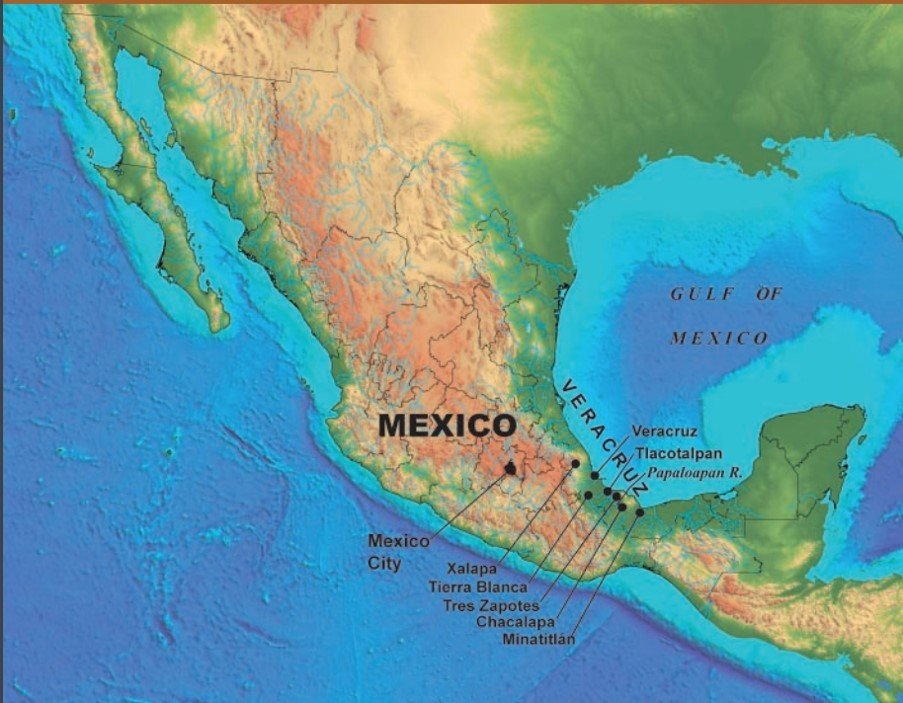
Map of Mexico. by Dan Cole. Smithsonian Folkways Recordings.


Musical Mestizaje?
Whereas mestizaje can be understood as the mixing of ethnic groups, musical mestizaje can be understood as the mixing and merging of music made by people within these ethnic groups.
Son jarocho is an interesting example of musical mestizaje due to its unique blend of Spanish, Indigenous, and African influences.
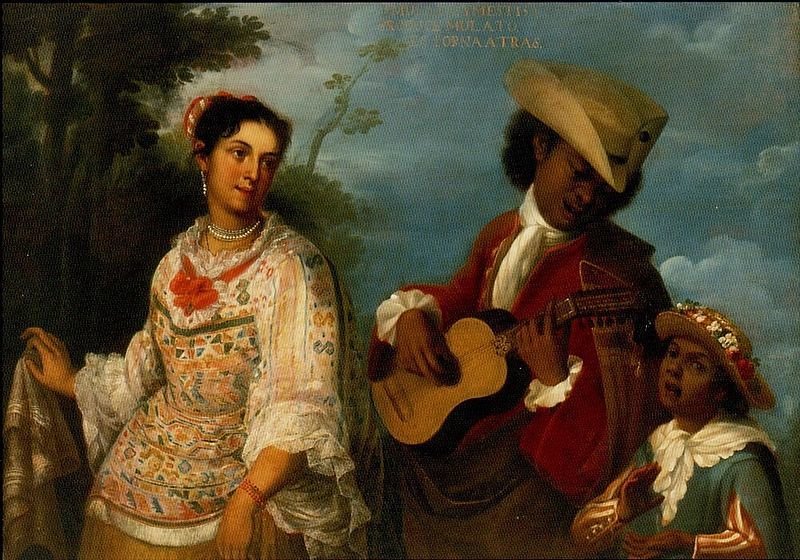
De mulato y mestiza, by Juan Rodriguez Juárez, PD-US-expired, via Wikimedia Commons.


Son Jarocho as Musical Mestizaje
Ethnomusicologist Dan Sheehy describes the “cauldron of cultural creativity,” within which son jarocho developed in the 1700s:
People from Spain’s numerous regional cultures mixed with indigenous people of various languages and cultures, enslaved Africans from multiple cultures of west and central Africa, and Caribbean people who had forged many cultures of their own. In Mexico, new mestizo cultures (and regional customs) were born . . . including the son jarocho culture of Veracruz.

What's in a name?

mixed African and Indigenous ancestry, it is now understood as a nickname for someone or something from the Veracruz area.


Son is a musical genre; its verses are composed following formal poetic structures.
Although the word jarocho was originally a derogatory term referencing a person of
What makes son jarocho?

Watch this short video, which highlights several important aspects of son jarocho.

Do you think these characteristics were influenced by:
- Spanish traditions?
- Indigenous traditions?
- African Traditions?
Son Jarcho: Social Context

The song featured in the video you just watched is called "Siquisirí."
Whereas many songs are only known in a specific region, "Siquisirí" is played at the beginning of almost every performance/fandango (community party) in the son jarocho tradition.
Every player of son jarocho knows how to play this song . . . it is considered a standard piece of the son jarocho repertory.

Representación del Chuchumbé en un fandango, Veracruz, México, by Luis Sanchez Soto, CC-BY-SA-4.0, via Wikimedia Commons.


Son Jarocho: Spanish Influences
- Language (Spanish)
- String Instruments
- Dance
- Harmonic Structure
- Poetry/Poetic Form
The video you just watched highlighted the décima and copla as the poetic structure for lyrics.
Son Jarocho Instrumentation, by Chris Strachwitz. Arhoolie Records.



Three Important Instruments:
Arpa Veracruzana
Photos by Daniel Sheehy. Smithsonian Folkways Recordings. Left: Felipe Ochoa; Middle: Claudio Vega; Right: Chava Peña.
Requinto Jarocho
Jarana Jarocha
Four-stringed melody guitar
Eight strings in five groups (three strings are doubled)

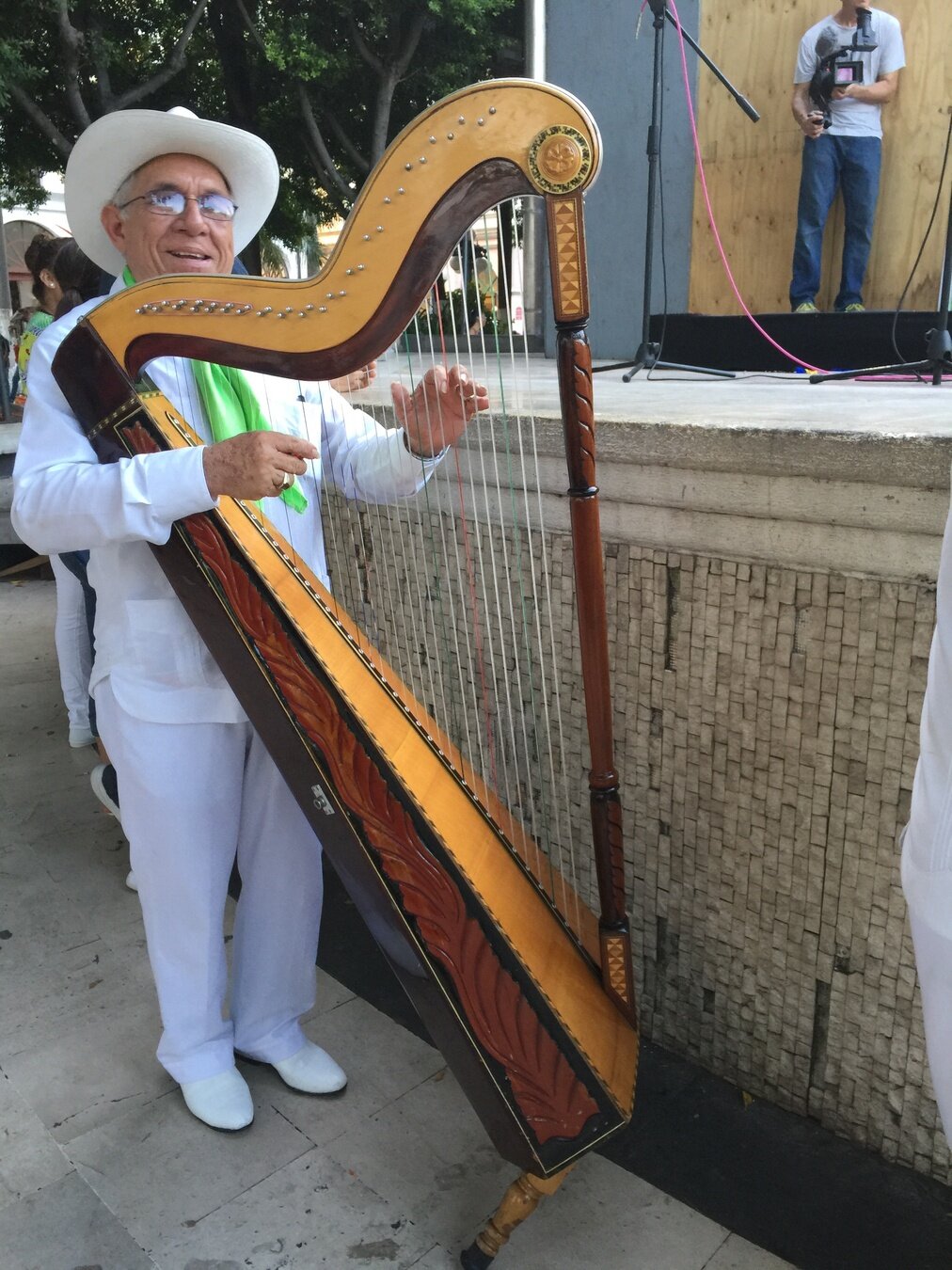
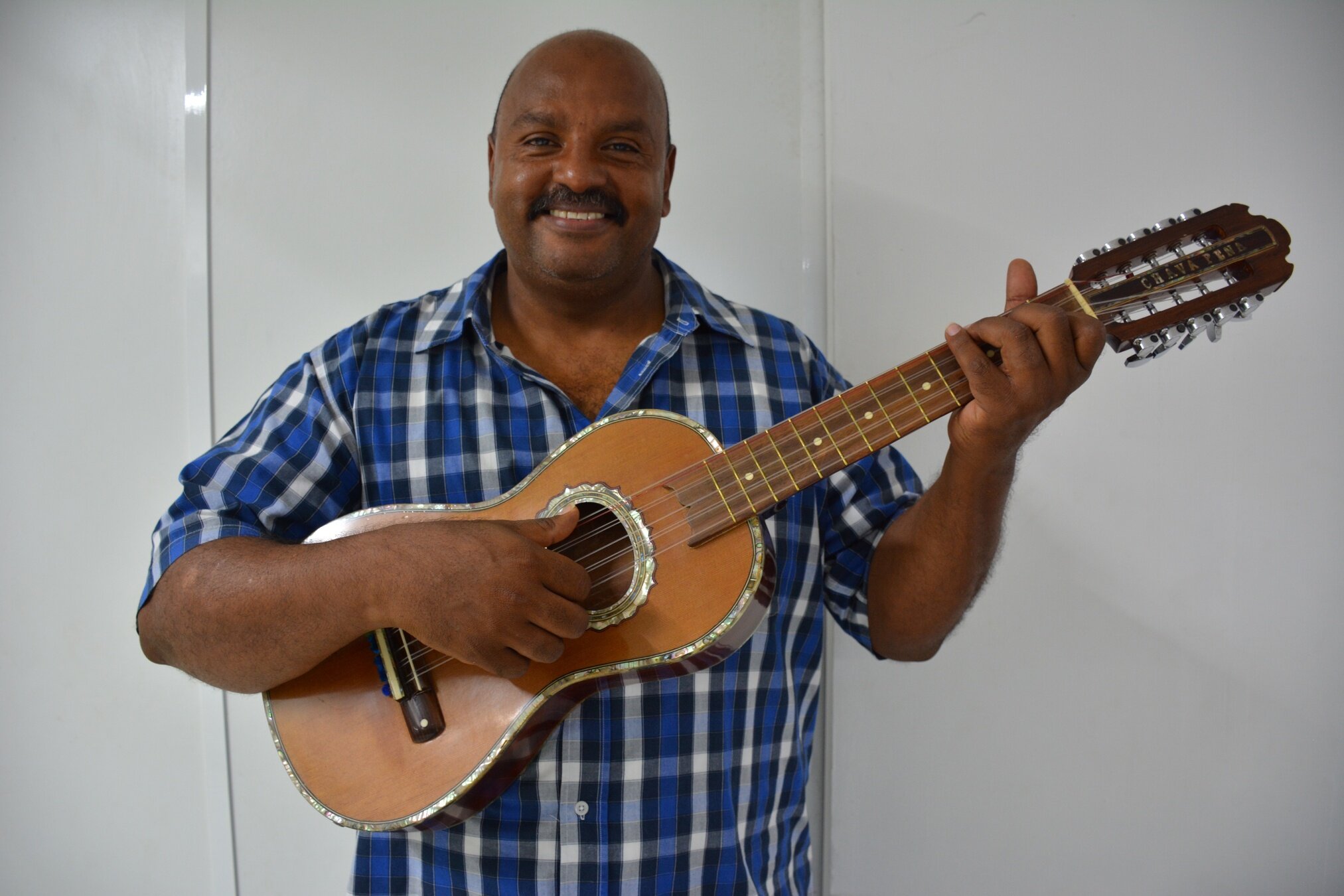
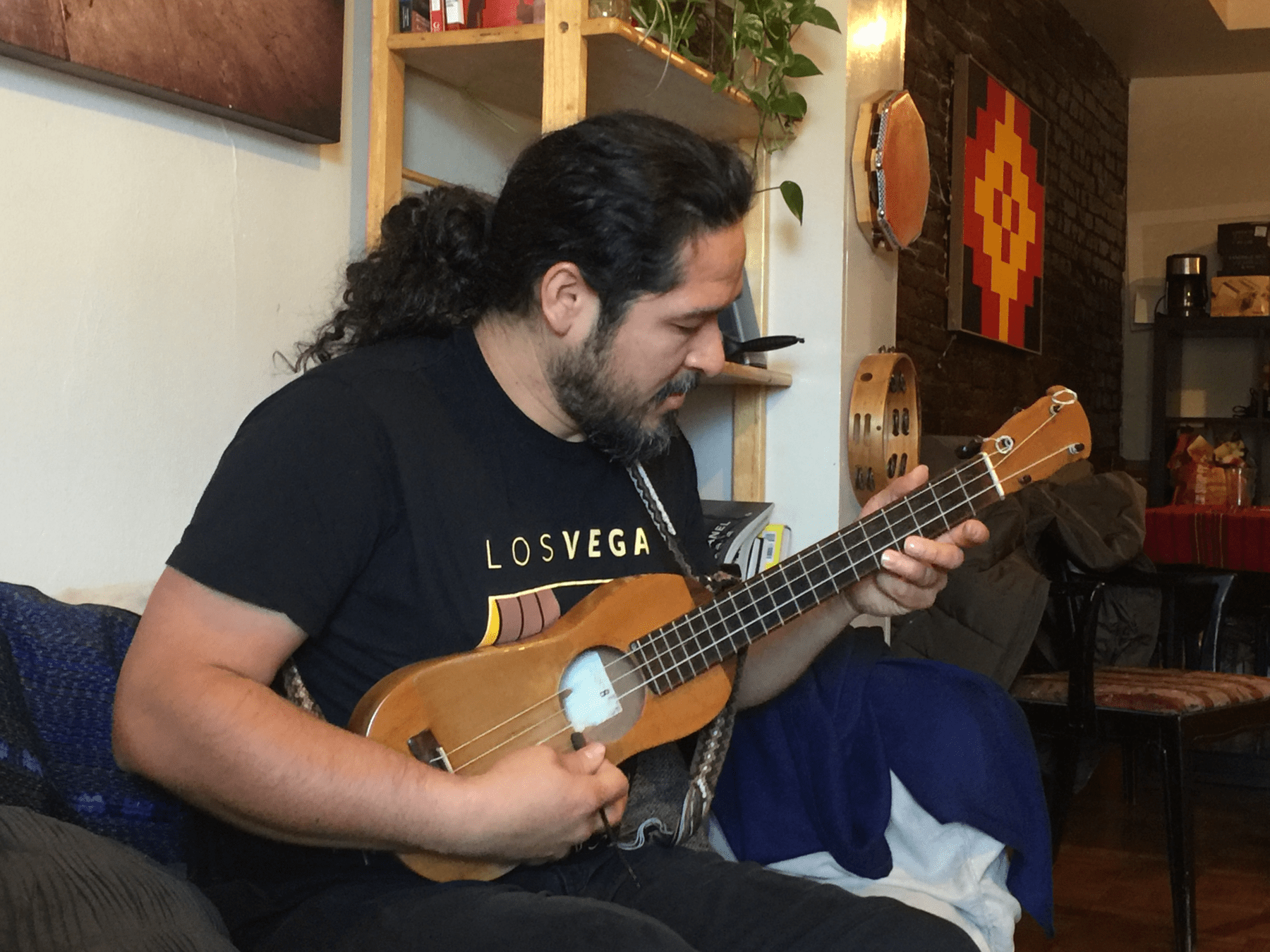

Son Jarocho: Indigenous Influences
- Song themes: animals
- Animal imagery in song lyrics
- Dance and certain instruments
Many songs in the son jarocho tradition are either about animals (e.g., "Toro zacamandú") or include imagery that gives animals human-like qualities.
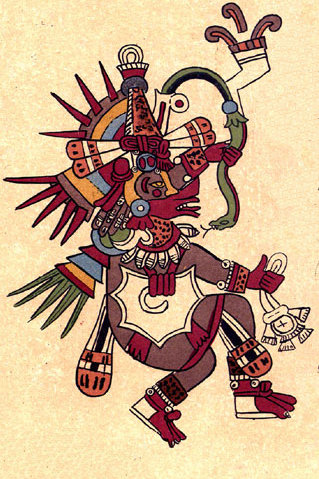
Quetzalcoatl, unknown artist, PD-US-expired, via Wikimedia Commons.


Son Jarocho: African Influences
- Driving rhythmic patterns
- Cyclical rhythmic character
- Certain percussion instruments
- Call and response
-
Improvisation
Improvisation is very important in the son jarocho tradition.

Quijada, photo by Laubrau, CC-BY-SA-3.0, via Wikimedia Commons.

Son Jarocho: Understanding Form/Structure


Songs in the son jarocho tradition usually follow this basic structure:
- A short introduction
- The main melody is introduced
- Musicians improvise (within a certain structure)
Do these two audio examples follow this basic structure?
"Toro zacamandú"
"Siquisirí"
Son Jarocho: The Importance of Improvisation


Improvisation is perhaps the most important component of the son jarocho tradition.
- According to the musician on the video, “Without improvisation, there is no son jarocho.”
The pregonero (lead singer/caller) has a high, clear, loud voice and deep knowledge of traditional repertoire.
- This musician often improvises lyrics that fit the performance context.
- Instrumentalists also take turns improvising.
- Because there is so much improvisation, a son does not have a specific length.
Engaged Listening: Rhythmic Structure


The underlying time structure of most songs in son jarocho repertoire is 6/8
This general time structure is often divided into six even subdivisions:
Listen to an excerpt from "Siquisirí" again. Tap along with these subdivisions.
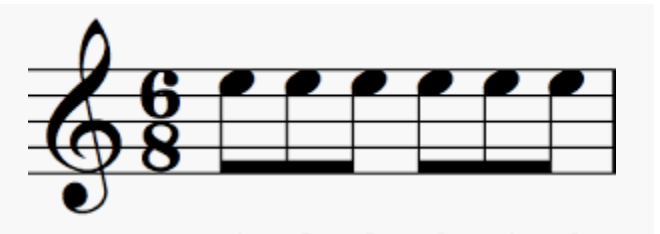
Hemiola / Sesquiáltera


In certain songs, the rhythmic structure feels as though it alternates between 6/8 and 3/4 time (six even subdivisions per measure – heard/felt in the context of either 2 or 3 beats).
This phenomenon is called hemiola and/or sesquiáltera
Look at the notation below. Can you clap this rhythmic structure?

Engaged Listening: Rhythmic Structure


Listen to an excerpt from "Toro zacamandú" again, this time, clapping or patting along with the underlying time structure (you could also use rhythm sticks or other percussion instruments).

Zapateado...

. . . is the name of the dance that is associated with son jarocho.
- The name of this dance is derived from zapato, the Spanish word for shoe.
- The zapateado dance adds another percussive element to the music.
- This dance essentially functions as an additional instrument in the ensemble.

Zapateado and Tarima

The tarima is the raised wooden platform upon which the zapateado dancer dances.

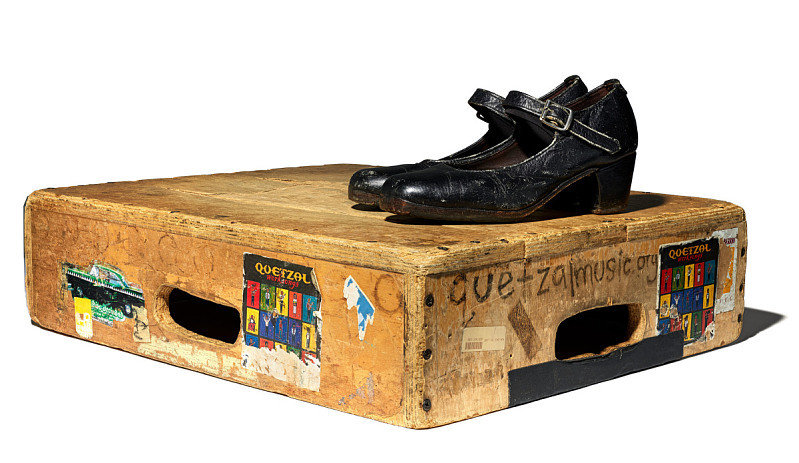
Pair of Dancing Shoes, Zapateados, unknown maker. National Museum of American History.
Learning the Zapateado Dance Step

Teach the rhythm using the phrase “café con pan” (coffee with bread).
- Students can pat the rhythm on their lap, paying attention to “lefts” and “rights” (slowly at first).
- When they are ready, students can try to pat the rhythm along with the recording ("Siquisirí").


Learning the Zapateado Dance Step

Next, students can put this rhythm in their feet (again, slowly at first).
It is helpful to remind them that as they step with one foot, they should lift the opposite foot (except with the first of each double step).
Eventually (but probably not on the first day), students will be ready to try the dance along with the recording ("Siquisirí").


Ideas for Extension Activities

- Study the poetic structure of "Siquisirí" (coplas) in more depth. Find more explanation here: https://folkways.si.edu/fandango-son-jarocho-community-tradition-improvisation/music/tools-for-teaching/smithsonian
- Teach the verses of "Siquisirí" through call and response. The lyrics are available at the link listed above.
- Students can write their own décimas and/or coplas.
- Students can improvise on a melodic instrument (perhaps ukulele).
- Organize a mini-fandango! Find ideas for organizing this type of event at the link listed above.

Son Jarocho: Chicano Movement Connections


During the Chicano movement, people saw music as a way to affirm, embrace, and celebrate their ethnic origin and identity (mestizaje).
- “The valorization of Hispanic culture became a paramount goal” (Loza, 2019, p. 77).
- Chicana/o musicians consciously reclaimed and re-interpreted a variety of Mexican-influenced musical styles.
- These reinterpretations “played a crucial role in the construction of Chicano identity” (p. 77).
Son Jarocho: More Chicano Movement Connections


Son jarocho was one type of Mexican-influenced music that gained popularity in the United States during the Chicano movement – especially in the Los Angeles area.
Los Lobos is the most famous example of a band that re-interpreted son jarocho music during this time.
Their goal was to preserve traditional Mexican music and “promote it as a viable art form in an urban and, in many respects, a culturally hostile environment” (Loza, 2019, p. 77).
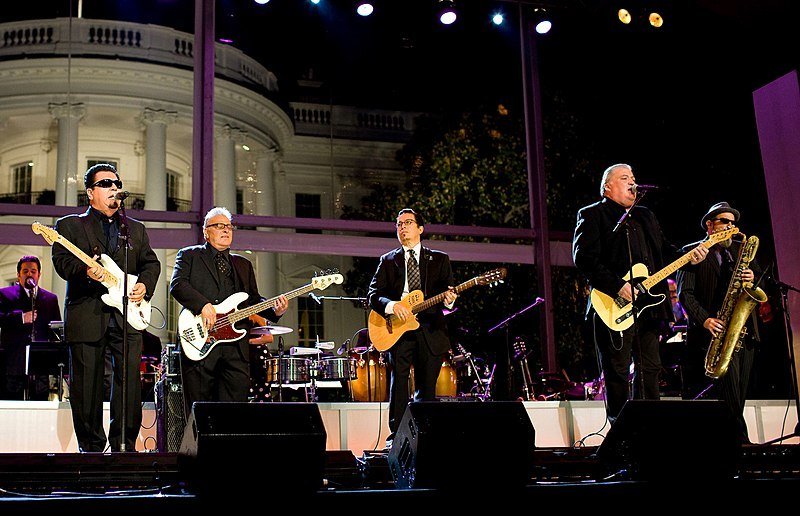
Los Lobos at the White House, by Pete Souza. Wikimedia Commons, PD (U.S. Code § 105).
Connections: Los Lobos


In 1987, Los Lobos recorded the soundtrack for the Hollywood hit film that chronicled Ritchie Valens’s life: La Bamba.
At the end of the title track, they pay homage to the more traditional version of this song.


Learning Checkpoint
- What are some musical characteristics of son jarocho?
- Why is son jarocho an example of musical mestizaje?
- Why did son jarocho gain popularity in the United States during the Chicano movement?

End of Path 3 and Lesson Hub 9! Where will you go next?








Lesson Hub 9 Media Credits

Audio courtesy of:
Smithsonian Folkways Recordings
Video courtesy of:
Smithsonian American Art Museum
Smithsonian Folkways Recordings
Images courtesy of:
Archives of American Art
The Arhoolie Foundation
TM/© 2021 the Cesar Chavez Foundation. www.chavezfoundation.org
Denver Public Library Special Collections
National Archives
National Museum of American History
National Portrait Gallery
National Postal Museum
Smithsonian American Art Museum
Smithsonian Folkways Recordings

© 2021 Smithsonian Institution. Personal, educational, and non-commercial uses allowed; commercial rights reserved. See Smithsonian terms of use for more information
This Lesson was funded in part by the Smithsonian Youth Access Grants Program with support from the Society for Ethnomusicology and the National Association for Music Education.
For full bibliography and media credits, see Lesson 9 landing page.


